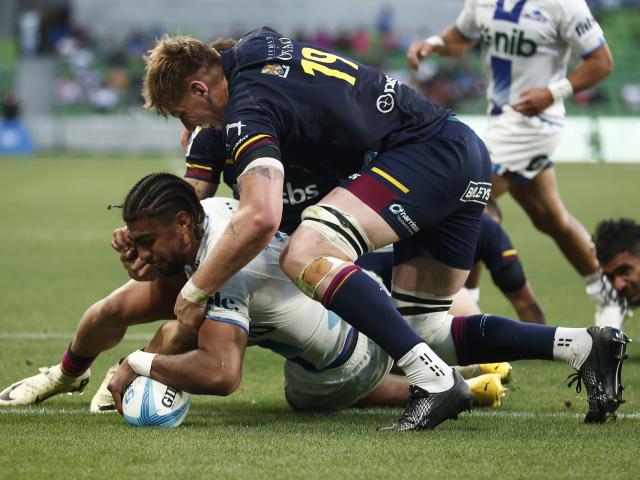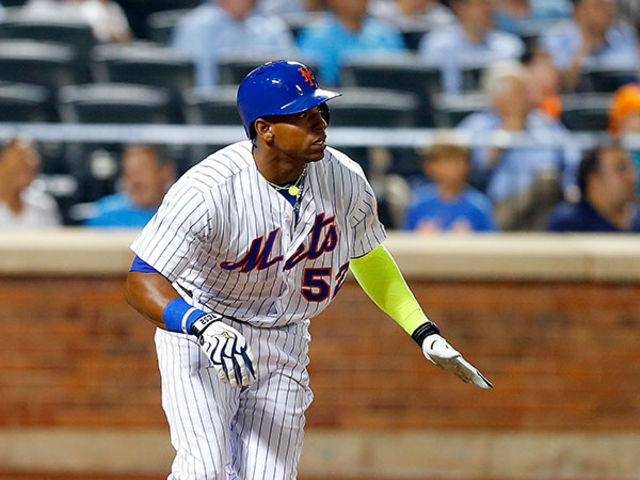Sports injuries are an inherent risk in any physical activity, ranging from minor sprains to severe fractures. However, understanding the science behind these injuries can pave the way for effective prevention, timely treatment, and successful rehabilitation. In this comprehensive guide, we delve into the intricacies of sports injuries, exploring the latest research, innovative techniques, and practical tips to keep athletes at the top of their game.
The Anatomy of Sports Injuries
To comprehend sports injuries, one must first grasp the complex interplay of factors contributing to their occurrence. While accidents and collisions are obvious catalysts, underlying biomechanical issues, muscular imbalances, and improper training techniques often play pivotal roles. Additionally, external factors such as environmental conditions and equipment quality can influence injury susceptibility.
Prevention: The First Line of Defense
Prevention remains the cornerstone of injury management in sports. Adopting a proactive approach involves implementing various strategies, including:
1. Proper Warm-Up and Cool Down
Adequate warm-up routines prepare the body for intense physical activity by increasing blood flow to muscles and enhancing flexibility. Similarly, cooling down post-exercise aids in gradual recovery and reduces the risk of muscle soreness.
2. Strength and Conditioning Programs
Building strength, agility, and endurance through targeted exercises not only improves performance but also fortifies the body against injuries. Tailored conditioning programs address specific muscle groups and movement patterns, promoting overall stability and resilience.
3. Technique Refinement
Fine-tuning athletic techniques under the guidance of qualified coaches helps minimize biomechanical errors that can lead to injuries. Emphasizing proper form and alignment reduces excessive strain on vulnerable joints and tissues.
4. Rest and Recovery
Recognizing the importance of rest intervals and adequate recovery periods is crucial in preventing overuse injuries. Balancing training schedules with sufficient rest allows the body to repair and rebuild, mitigating the cumulative effects of physical exertion.
Treatment Modalities: From RICE to Advanced Therapies
Despite precautionary measures, sports injuries may still occur. Prompt and appropriate treatment is imperative to expedite healing and prevent complications. Commonly employed treatment modalities include:
1. RICE Protocol
The RICE protocol—Rest, Ice, Compression, and Elevation—remains a fundamental approach for managing acute injuries. Resting the affected area, applying ice packs, utilizing compression bandages, and elevating the injured limb help alleviate pain and reduce inflammation.
2. Physical Therapy
Physical therapy plays a pivotal role in rehabilitation, focusing on restoring mobility, strength, and function. Therapeutic exercises, manual techniques, and modalities such as ultrasound and electrical stimulation facilitate recovery and minimize the risk of reinjury.
3. Pharmacological Interventions
Nonsteroidal anti-inflammatory drugs (NSAIDs), analgesics, and corticosteroid injections may be prescribed to alleviate pain and inflammation associated with sports injuries. However, their use should be judicious and monitored to mitigate potential side effects.
4. Minimally Invasive Procedures
In cases of severe or persistent injuries, minimally invasive procedures such as arthroscopy or platelet-rich plasma (PRP) therapy may be warranted. These advanced interventions target specific tissues or structures, accelerating the healing process and restoring optimal function. For additional tips and information about the science of sports injuries, please click to learn more!

Rehabilitation: Restoring Function and Performance
Rehabilitation marks the transition from injury treatment to functional restoration, encompassing a comprehensive continuum of care. Key components of rehabilitation include:
1. Progressive Exercise Prescription
Gradually reintroducing controlled exercises tailored to individual capabilities promotes tissue remodeling and functional adaptation. Progressive overload principles guide the rehabilitation process, ensuring gradual but steady improvements in strength and endurance.
2. Neuromuscular Retraining
Addressing neuromuscular deficits and movement dysfunctions is essential for optimizing movement patterns and reducing injury recurrence. Balance training, proprioceptive exercises, and neuromuscular reeducation techniques enhance proprioception and kinesthetic awareness, improving overall stability and coordination.
3. Psychological Support
Acknowledging the psychological impact of sports injuries is paramount in facilitating recovery. Athletes may experience fear, frustration, or depression during rehabilitation, necessitating emotional support and counseling to promote resilience and psychological well-being.
4. Return-to-Sport Criteria
Graduated return-to-sport protocols guide the safe resumption of athletic activities, ensuring that athletes are physically and mentally prepared to reengage in competitive play. Objective criteria based on functional assessments and sport-specific demands help mitigate the risk of premature return and reinjury.
Conclusion: Empowering Athletes Through Knowledge
The science of sports injuries continues to evolve, driven by ongoing research and technological advancements. By understanding the underlying mechanisms, implementing effective prevention strategies, and employing evidence-based treatments, athletes can mitigate injury risks and maximize performance potential. Ultimately, prioritizing injury prevention, timely treatment, and comprehensive rehabilitation fosters a culture of health, resilience, and longevity in sports.





